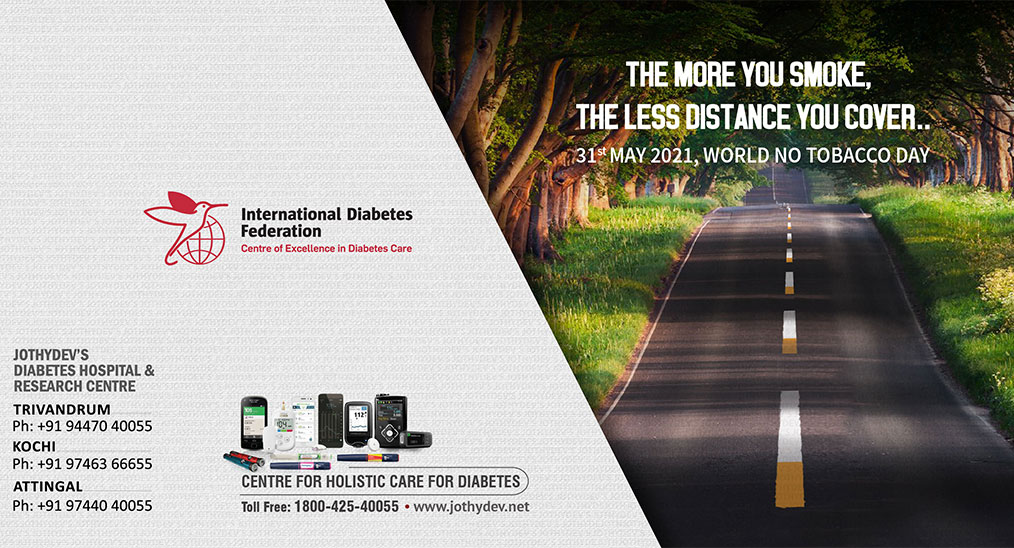3. Covid-19 elevates diabetic ketoacidosis in children with type 1 diabetes

The Covid-19 pandemic has sown serious health crisis with an increasing rate of morbidity and mortality across the globe. A recent study published in ‘Pediatric Diabetes’ reports that the rate of severe presentations of new-onset type 1 diabetes (T1D) such as diabetic ketoacidosis (DKA) has doubled in the pediatric age group during the pandemic.
The study was conducted in children less than 18 years of age presenting with new-onset T1D during the pandemic. Diagnosis rates of DKA and severe DKA at the time of the study were compared to the pre-pandemic control during the same period. The results showed that the number of children presenting with newly diagnosed T1D was similar during the pandemic period compared with the pre-pandemic period. The frequency of DKA at the onset of diabetes and the incidence of severe DKA was found to be significantly higher in the pandemic period (68.2% vs 45.6%; p < 0.001) and (27.1% vs 13.2% ; p = 0.01) respectively.
The researchers also hypothesized the possible reasons for the increased rate of DKA in the pediatric class. Some of the reasons are the implemented public health measures that resulted in delayed diabetes presentation, family perspective, recommendations to decrease contact with other individuals that contributed to increased parental fear, decreased utilization of medical services, under‐recognition of the severity of illness with less face‐to‐face contact with healthcare providers, labs occupied with COVID tests etc.
With the observed significant increase in DKA in children presenting with new-onset diabetes during the Covid-19 pandemic, the study emphasizes the need for educating health care professionals and families to be aware of the symptoms including hyperglycemia and the importance of early diagnosis and treatment during COVID‐19 along with public health measures enacted for Covid-19.
For enquiries info@jothydev.net.
Please visit: jothydev.net | research.jothydev.com | diabscreenkerala.net | jothydev.com/newsletter




